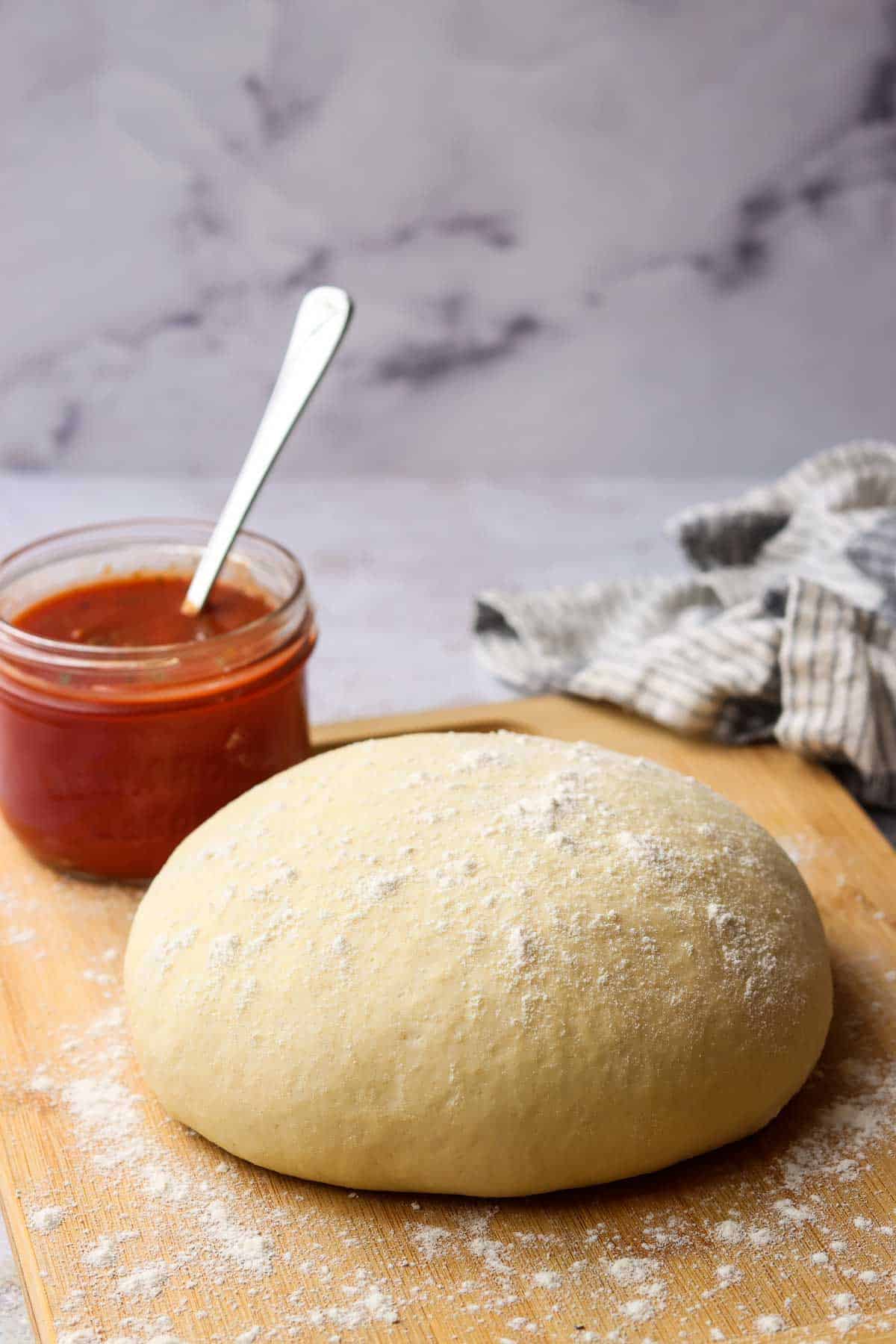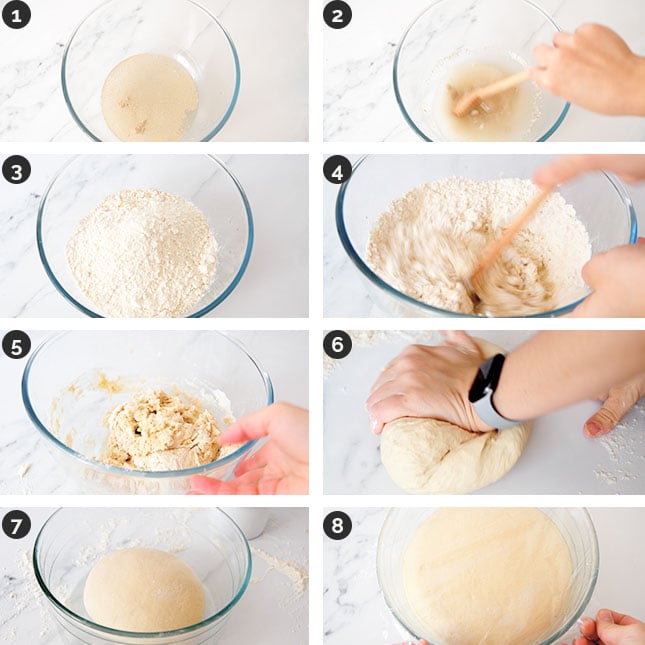Art of Perfect Pizza Dough
Introduction
Pizza, a culinary marvel loved worldwide, owes much of its greatness to one fundamental element: the dough. Crafting the perfect pizza dough is an art form that requires precision, technique, and a deep understanding of the ingredients involved. In this guide, we delve into the intricate world of pizza dough-making, catering to enthusiasts eager to elevate their homemade pizza game to new heights.
Understanding the Basics: Ingredients and Ratios
At the heart of every exceptional pizza dough lies a simple yet crucial combination of ingredients: flour, water, yeast, salt, and often a touch of olive oil. Achieving the ideal balance of these components is paramount to the dough's texture, flavor, and rise.
Flour serves as the foundation of pizza dough, with variations such as all-purpose, bread, or tipo 00 offering different characteristics. Water hydrates the flour and activates the yeast, initiating the fermentation process that yields the dough's airy structure. Yeast, whether fresh or dry, acts as the leavening agent responsible for the dough's rise, while salt enhances flavor and regulates fermentation.
Mastering the Technique: Kneading and Fermentation
The journey to perfect pizza dough involves mastering the art of kneading—a process that develops gluten strands, imparting elasticity and structure to the dough. Kneading techniques vary, from traditional hand kneading to the convenience of stand mixers, each method yielding distinct results.
Following kneading, the dough undergoes fermentation, a transformative stage where flavor develops, and the dough gains complexity. Fermentation times can range from a few hours at room temperature to overnight cold fermentation in the refrigerator, each approach influencing the dough's flavor profile and texture.
Exploring Flavor Variations: Incorporating Sourdough and Herbs
While traditional pizza dough relies on commercial yeast for leavening, enthusiasts seeking depth of flavor often turn to sourdough starters. Sourdough imparts a tangy complexity to the dough, elevating the taste of the final pizza.
Moreover, incorporating herbs and spices into the dough adds layers of flavor, transforming a simple base into a culinary canvas. From fragrant rosemary-infused dough to fiery chili-flaked variants, the possibilities for flavor exploration are endless.
Achieving the Perfect Crust: The Role of Temperature and Technique
The hallmark of exceptional pizza lies in its crust—thin, crisp, and beautifully blistered. Achieving such perfection requires careful consideration of temperature and technique during the baking process.
Preheating the oven and using a pizza stone or steel ensures that the crust cooks quickly, resulting in a crispy exterior while maintaining a tender interior. Techniques such as stretching the dough by hand or using a rolling pin influence the crust's texture, with thinner crusts favoring hand stretching for irregularities that trap air bubbles, contributing to a lighter crumb.
Cultural Influences: Regional Variations and Authenticity
Beyond technique and ingredients, the cultural heritage surrounding pizza shapes its identity and flavor. Regional variations, from the thin, foldable slices of New York-style pizza to the wood-fired Neapolitan pies of Italy, reflect centuries of culinary tradition and local preferences.
Authenticity in pizza-making is not merely a matter of adherence to traditional recipes but also a celebration of cultural heritage. Respect for the origins of pizza and an understanding of its cultural significance enrich the experience of both making and enjoying this beloved dish.
Cultural Awareness in Pizza-Making
The importance of cultural awareness extends beyond the realm of culinary appreciation, encompassing social and ethical considerations, including juvenile justice. In a multicultural society, understanding and respecting diverse cultural perspectives are vital in fostering empathy, promoting inclusivity, and addressing systemic inequalities.
Conclusion
Crafting the perfect pizza dough transcends mere culinary pursuit—it is an exploration of tradition, technique, and cultural appreciation. By embracing the art of pizza-making with knowledge, passion, and respect for cultural diversity, enthusiasts can elevate their craft while fostering a deeper connection to the rich tapestry of culinary heritage. So, roll up your sleeves, preheat that oven, and embark on a journey to pizza perfection—one dough at a time.



